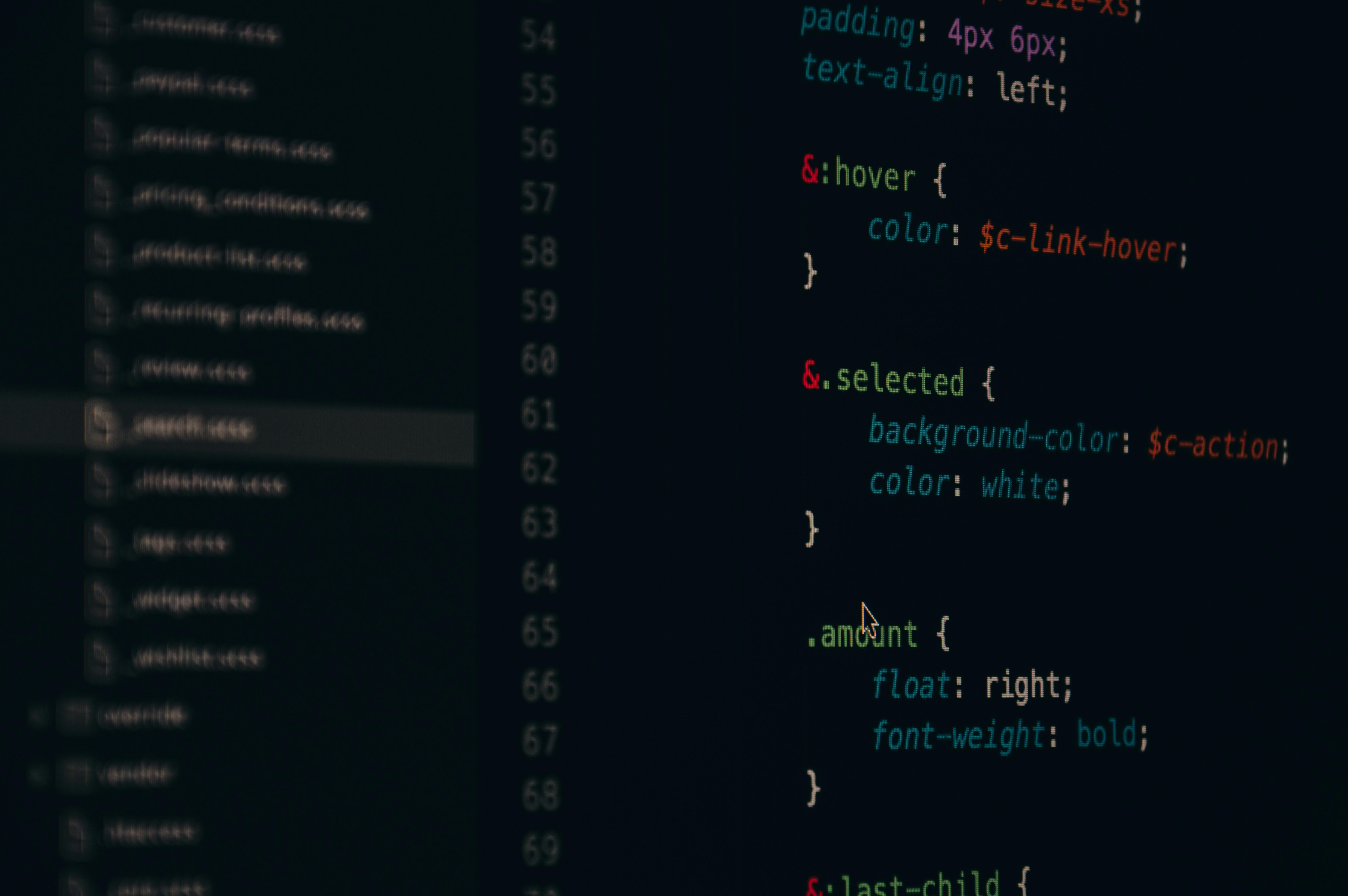Indie Gaming's Unsung Heroes: The Rise of Middleware Developers
In the vibrant tapestry of indie game development, a silent revolution is unfolding. Middleware developers, the unsung heroes of the indie gaming scene, are reshaping the landscape of game creation. These innovators are democratizing game development, empowering small teams and solo developers to bring their visions to life with powerful, accessible tools. As we delve into this hidden world, we'll explore how middleware is transforming indie gaming from the ground up.

Democratizing Game Creation
The impact of middleware on indie game development cannot be overstated. Small teams, often operating on shoestring budgets, now have access to tools that rival those used by major studios. This democratization has led to an explosion of creativity in the indie scene, with games like Stardew Valley and Hollow Knight showcasing what’s possible when passionate developers are armed with the right tools. Middleware has effectively leveled the playing field, allowing indie developers to compete with larger studios in terms of quality and polish.
The Unsung Innovators
Behind every successful indie game lies a team of middleware developers pushing the boundaries of what’s possible. These innovators work tirelessly to create tools that are not only powerful but also intuitive and accessible. From visual scripting systems that allow non-programmers to create complex game logic, to advanced rendering engines that bring indie games to life with stunning visuals, middleware developers are constantly evolving their craft to meet the needs of the indie community.
Challenges and Controversies
Despite the overwhelmingly positive impact of middleware on indie game development, it’s not without its challenges. Some critics argue that the widespread use of middleware tools leads to a homogenization of game design, with many indie titles looking and feeling similar. Additionally, there are ongoing debates about the cost of middleware licenses and the potential limitations they impose on developers. These controversies highlight the complex relationship between indie developers and the tools they rely on.
The Future of Indie Game Development
As middleware continues to evolve, so too does the future of indie game development. Emerging technologies like artificial intelligence and machine learning are being integrated into middleware tools, opening up new possibilities for procedural content generation and dynamic gameplay systems. Virtual and augmented reality middleware is also on the rise, paving the way for indie developers to create immersive experiences that were once the domain of only the largest studios. The ongoing refinement and expansion of middleware tools promise to further democratize game development, ensuring that the indie scene remains a hotbed of innovation and creativity for years to come.
Middleware’s Role in Cross-Platform Development
One of the most significant contributions of middleware to indie game development has been in facilitating cross-platform releases. In the past, porting a game to multiple platforms was a daunting and often prohibitively expensive task for small teams. Today, middleware solutions offer streamlined processes for deploying games across various platforms with minimal additional work. This capability has allowed indie developers to reach wider audiences and increase their potential for success in an increasingly competitive market.
The Ecosystem of Support
Middleware developers have fostered vibrant communities around their tools, creating ecosystems of support that are crucial for indie developers. Online forums, extensive documentation, and video tutorials have become invaluable resources for those learning to use these tools. Many middleware companies also offer marketplaces where developers can share or sell assets, scripts, and plugins, further enriching the development ecosystem. This collaborative environment has become a cornerstone of indie game development, fostering innovation and knowledge sharing on an unprecedented scale.
Balancing Creativity and Efficiency
One of the ongoing challenges for indie developers using middleware is striking the right balance between creativity and efficiency. While these tools can significantly speed up development, there’s a risk of over-reliance leading to cookie-cutter games. The most successful indie developers have learned to use middleware as a foundation upon which to build unique experiences, rather than a template to be followed rigidly. This approach allows them to benefit from the efficiency of middleware while still maintaining the creative spark that sets their games apart.
The Economic Impact of Middleware
The economic implications of middleware in the indie game industry are profound. By reducing development costs and time-to-market, these tools have made it possible for more developers to enter the market and sustain their businesses. This has led to a boom in the indie game sector, with more diverse and innovative titles reaching players than ever before. However, it has also contributed to market saturation, making it increasingly challenging for indie games to stand out. As the industry continues to evolve, the role of middleware in shaping its economic landscape remains a topic of intense interest and debate.
Looking Ahead: The Next Generation of Middleware
As we look to the future, the next generation of middleware promises to push the boundaries of what’s possible in indie game development even further. Advancements in real-time ray tracing, physics simulation, and AI-driven narrative systems are just a few areas where middleware is set to make significant strides. These developments will not only enhance the visual and gameplay fidelity of indie games but also open up entirely new genres and experiences. As middleware continues to evolve, it will undoubtedly play a crucial role in shaping the future of indie gaming, empowering developers to create experiences that were once thought impossible for small teams to achieve.




